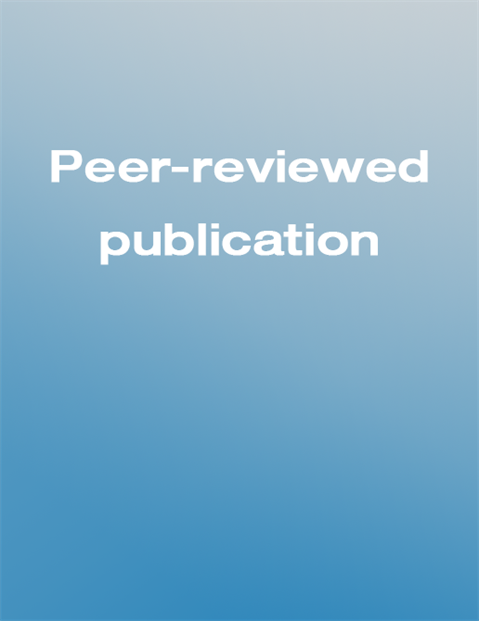Assessment of the anthelmintic efficacy of albendazole in school children in seven countries where soil-transmitted helminths are endemic
10 March 2011
| Publication

Overview
Soil-transmitted helminths (roundworms, whipworms and hookworms) infect millions of children in (sub)tropical countries, resulting in malnutrition, growth stunting, intellectual retardation and cognitive deficits. Currently, there is a need to closely monitor anthelmintic drug efficacy and to develop standard operating procedures, as highlighted in a World Health Organization–World Bank meeting on “Monitoring of Drug Efficacy in Large Scale Treatment Programs for Human Helminthiasis” in Washington DC at the end of 2007. Therefore, we have evaluated the efficacy of a commonly used treatment against these parasitic infections in school children in Africa, Asia and South-America using a standardized protocol. In addition, different statistical approaches to analyzing the data were evaluated in order to develop standardized procedures for data analysis. The results demonstrate that the applied treatment was highly efficacious against round- and hookworms, but not against whipworms. However, there was large variation in efficacy across the different trials which warrants further attention. This study also provides new insights into the statistical analysis of efficacy data, which should be considered in future monitoring and evaluation studies of large scale anthelmintic treatment programs. Finally, our findings emphasize the need to update the World Health Organization recommended efficacy threshold for the treatment of STH.Access article ONLINE
doi:10.1371/journal.pntd.0000948
Editors
PLOS Neglected Tropical Diseases
Number of pages
12
Copyright
This is an open access article distributed under the terms of the Creative Commons Attribution License, which permits unrestricted use, distribution, and reproduction in any medium, provided the original author and source are credited.
